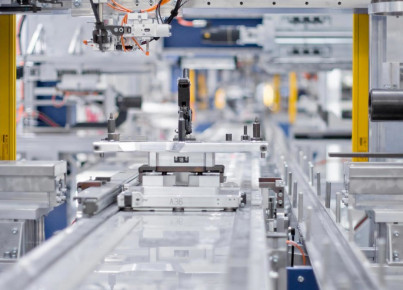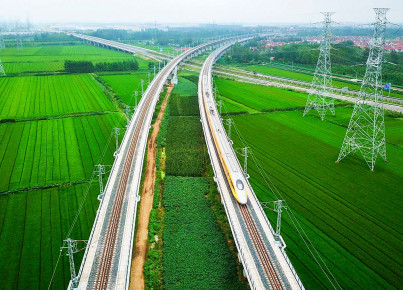The new infrastructure will be completed by the end of 2021, and it will bring substantial changes to trade in South-East Asia.
The project accords perfectly to the Laotian Government’s strategy to turn Laos from a landlocked country into a land-linked hub. The rail is the longest one outside China in Asia, linking China to Thailand through Laos: a 414-km railway, that will run from Boten (border gate between northern Laos and the Chinese province of Yunnan), to Vientiane (Laos’ capital, at the border with Thailand). Works began at the end of 2016, but unavoidable delays occurred due to the Covid-19 emergency. Despite this, operations re-started after only 23 days, allowing the project to stay on track as initially scheduled.
Economic and geopolitical advantages of the new railway will be remarkable for both China and South-East Asia. For the first time ever Yunnan, already a crucial region for connecting China and ASEAN, will be linked directly to Thailand by land. The railway will allow Chinese products to reach not only Laos and Thailand’s markets, but also those of Malaysia and Singapore. This will be possible without relying on costly air or naval transport anymore. A logistic operation that has no precedents for China, and that will allow the country to expand more than ever in the region. The project is part of the China’s Belt and Road Initiative, but it will not be devoted only to the exchange of goods and people. On the contrary, it will also be an important health support for developing countries. More cooperation in the health sector, possible thanks to the China’s Health and Silk Road project, will be offered through substantial aid to those ASEAN countries more hit by the pandemic and by the lack of adequate healthcare facilities.
According to the World Bank, the new railway could dramatically contribute to the development of the Laos economy, if followed by meaningful reforms. The elections of new leaders and of a new politburo, scheduled for early next year at the Party National Congress of the ruling Lao People’s Revolutionary Party, are likely to bring the right momentum to introduce those reforms.
From new infrastructures comes a new kind of traffic, not only in goods and people but also for mere transit. Laos industries should not waste this moment: if they will be able to seize it, they will create a new economic corridor under a high-quality logistic planning. In fact, another report from the World Bank assigns Laos a good score in the section “Ease of trade across borders”. With the right strategic approach by public and private sector, several experts believe that the new railway will represent an important incentive to diversify Laos economy, still dependent from a limited number of commercial sectors.
Article edited by Valentina Beomonte Zobel.






